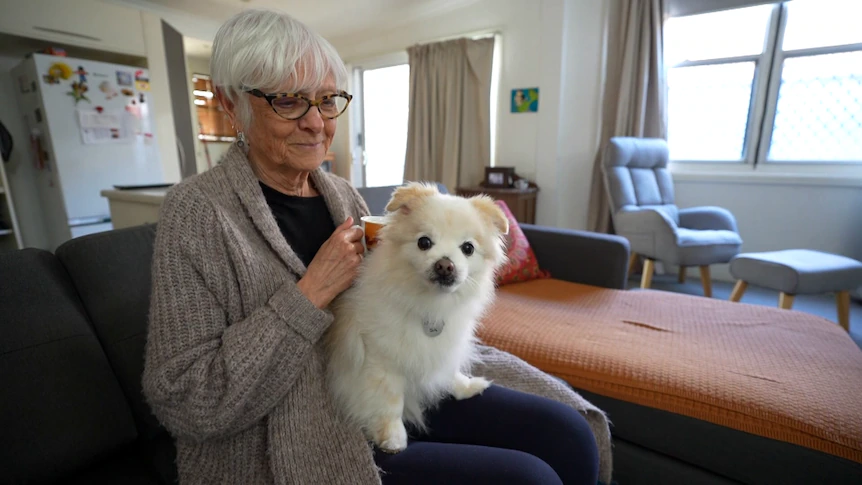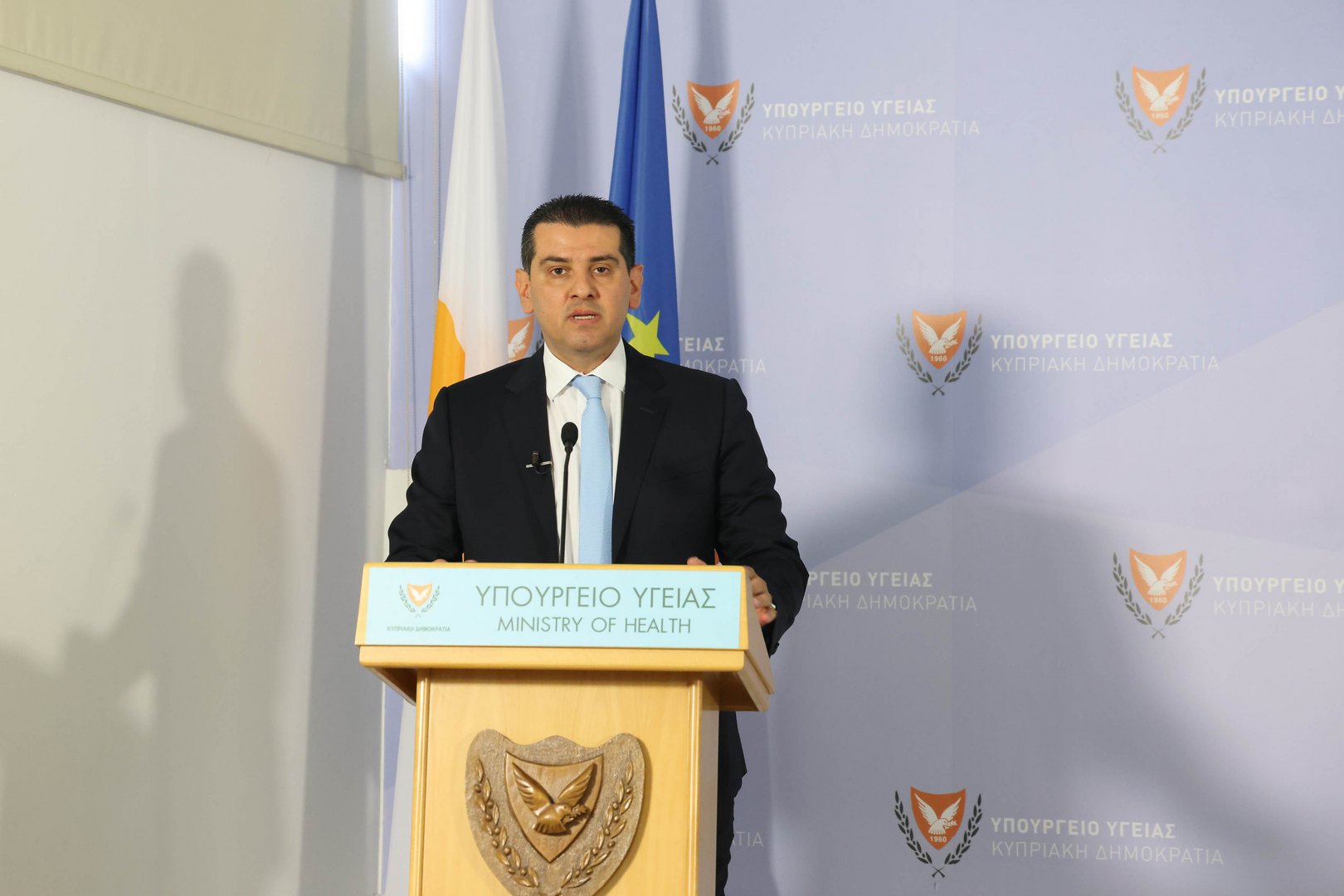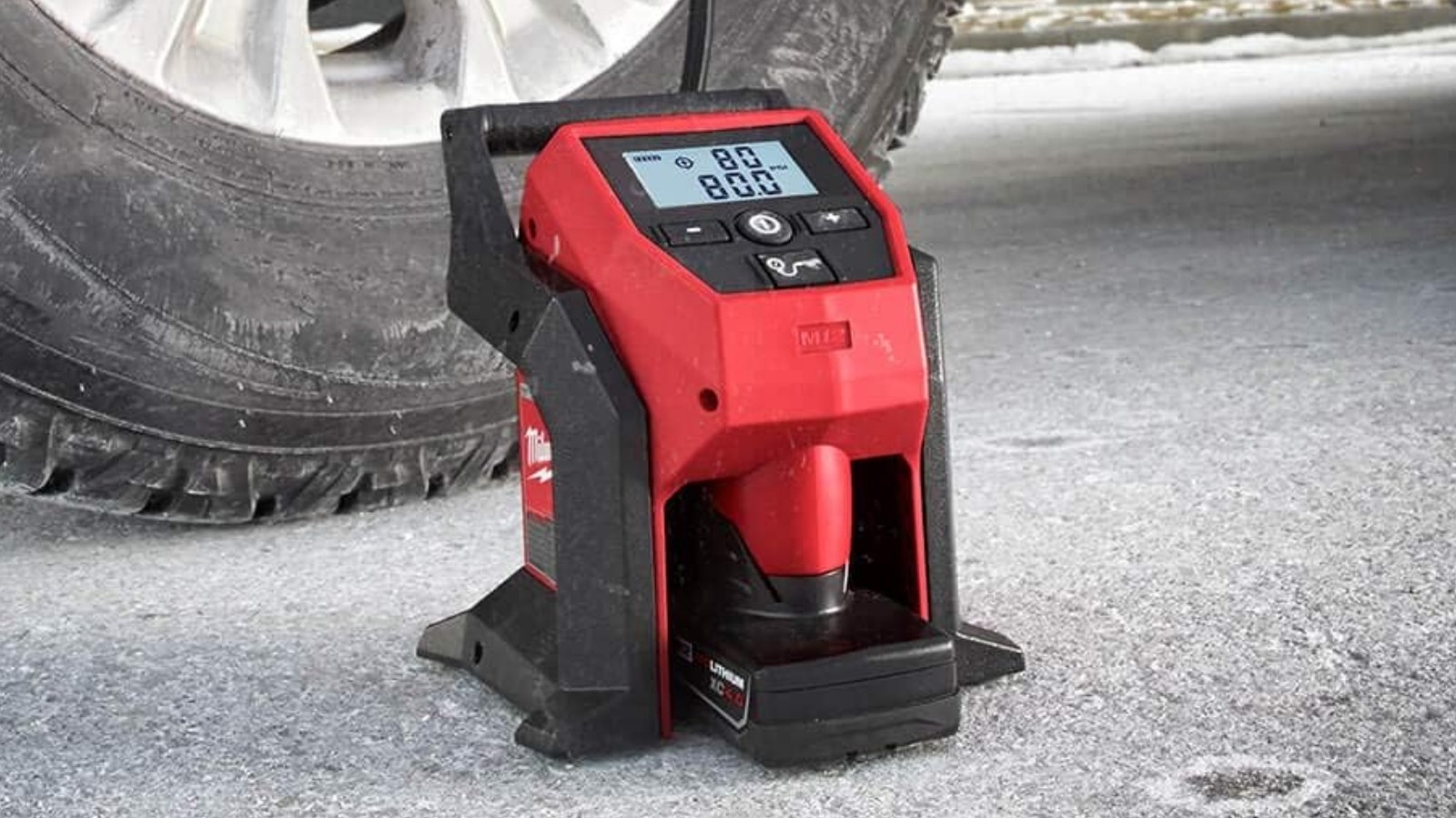By Daniel Mercer
Copyright abc

At first blush, Robyn O’Reilly is like many people in her position when it comes to her power use.
The retired insurance worker lives alone in the port-side Adelaide suburb of Ethelton, a place she has called home for decades.
As a pensioner, she keeps a close eye on how much electricity she uses and feels keenly any nasty surprises that might arrive with a bill.
“I’m lucky because I do get concessions as well,” Ms O’Reilly says.
In other ways, however, Ms O’Reilly defies stereotypes.
Her home is fully electrified.
From her cooktop to her water and space heaters, it is electricity, rather than gas, that provides the required power.
“So everything I run in the house is off electricity, yeah,” she says.
Conducting the orchestra
Coordinating it all is a little-known piece of tech called a home energy management system.
If the devices were the instruments and their players in an orchestra, the management system would be the proverbial conductor.
In Ms O’Reilly’s case, it is programmed to maximise her use of power at times when that electricity is cheap — namely, these days, in the middle of the day when solar power is abundant.
For example, she says, the system typically runs the heat pump between 10am and 3pm to ensure she has hot water at little cost.
Conversely, it avoids using such devices at times when power prices are high, such as during the evening peak when the sun has gone down.
Not that Ms O’Reilly has no agency — through an app on her phone, she can take control of the devices and even command them remotely.
“I’ve found it really, really good, actually, easy to operate,” she says.
“And with the heating, look, if I’m cold, I run it.”
The results, so far, speak for themselves.
According to Ms O’Reilly, her last electricity bill was just $124 for the quarter.
By comparison, she says the final gas bill before electrifying her home was $200 over a three-month period.
“It did say I was using 23 per cent more electricity than this time last year, but my bill was cheaper,” she notes.
Flexibility increasingly key
Ms O’Reilly was given the management system by South Australia Power Networks, the poles-and-wires company.
SAPN, as it is known, is running a trial that aims to test whether household appliances from solar panels and batteries to electric vehicle chargers and heat pumps can be orchestrated to the benefit of consumers — and the grid.
Sam Craft, SAPN’s customer innovation manager, says the way we generate electricity is changing from a system based largely on coal — which likes to run around-the-clock at a steady rate — to one that depends on renewable energy.
Renewable energy, by contrast, is variable in its output — plentiful sometimes and scarce at others.
As a consequence, Ms Craft says the electricity system needs to become increasingly flexible to deal with this variability.
“We’re trying to find a sweet spot between orchestration and reward for customers when it comes to flexibility in their appliances,” Ms Craft explains.
“So, for example, if we can shift some appliances into the middle of the day and that costs less for customers, that would be a really great thing for the grid.
Ultimately, she says the vast number and array of clean tech products going into homes across the country could become a huge asset for the energy system — a source of both supply and demand on a massive scale.
For this reason, experts have long been calling for a set of common technical standards to be applied to technology from solar panels, batteries, and electric vehicle chargers to air conditioners and heat pumps.
Doing so, they say, will allow more and more of Australia’s clean tech fleet to be “harmonised”.
The ‘phone charger dilemma’
Right now, however, Ms Craft says the state of the market is discordant because too many devices cannot be operated by other manufacturers’ systems or software.
They are not, she says, interoperable.
“We’re seeing a lot of barriers when it comes to something called interoperability or how different appliances talk to other appliances,” she says.
“Interoperability is a language that different appliances talk to each other with, and everything’s got its own language.
“Interoperability is very much about simplifying and standardising the way that things happen and work so that customers have ease.
“It’s really important because as we evolve through electrification, we need to make all of these energy appliances smarter and more simple and easy to use.
“And if they can talk to each other, it makes a lot of things a lot more easier.”
The concerns relate to the practice of building so-called walled gardens, where companies try to lock consumers into their products by making it difficult for them to switch to others.
Technology firms, led by Apple, have been the most famous and successful exponents of the practice.
Standards reform ‘badly needed’
South Australia’s energy minister, Tom Koutsantonis, acknowledges that the risk of walled gardens in clean tech poses a big problem.
Mr Koutsantonis says the difficulty in properly orchestrating household clean tech boils down to a fundamental tension.
He says what consumers want — and what, on balance, is likely to be in their best interests — is not necessarily the same as it is for the companies making the gear.
To overcome these problems, the minister says governments, inevitably, are going to have to step into the breach.
“Well, if you’re Volvo or you’re Tesla or you’re Ford, you don’t want some off-the-shelf home management scheme to run your car battery,” Mr Koutsantonis says.
“They want to run the home.
“So, we’ve got a problem here, a management issue, whether it’s kettles, dishwashers, whatever it might be, the entire system needs planning reform.
“We need standard reform. We need a level of orchestration that we’ve never had before on a minute level.”
Ms Craft from SAPN says an absence of common standards means consumers are likely to end up spending more than they would otherwise need.
In the same vein, she says the entire electricity system will be less efficient than it could or should be.
In technology we trust?
By streamlining standards, Ms Craft says the country could save a fortune in needless duplication and waste, citing a study by the Australian Renewable Energy Agency, which found the pay-off could be as high as $18 billion over the course of the energy transition.
“What we don’t want to see is a situation where a customer has to upgrade their entire home to a certain brand or a certain product in order for them to have a simplified smart home,” Ms Craft says.
“That’s going to create another barrier that we’re not ready for, that they’re not ready for.
At home in Adelaide, Robyn O’Reilly can vouch for the convenience of devices that can act — and be run — seamlessly with one another.
She says the ease with which her own system operates is a blessing, noting that she is not inclined to actively manage the system herself all day.
And although she is yet to take the plunge and get solar panels and a battery, she says this could change.
To that end, Ms O’Reilly says she is happy to leave the decisions to the technology — so long as it benefits her.
“You know, I want to be able to enjoy life too.”



